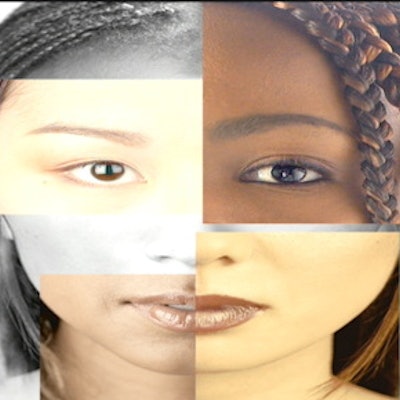
Radiologists can create more diverse, inclusive environments by recognizing implicit biases, suggested a May 19 presentation at the Society of Breast Imaging/American College of Radiology symposium in Savannah, GA.
In her talk, Dr. Meshell Johnson from the University of California, San Francisco discussed ways implicit biases negatively impact the workplace and patient care, as well as how to proactively confront such biases and promote health equity.
"It's important to think about the impact of biases that we have," Johnson said. "It matters in many situations, depending on the role the person with those biases can have on your life. What helps us deal with these biases is recognition and mitigation."
Implicit -- also known as unconscious -- biases are social stereotypes about certain groups of people that individuals form outside of their own conscious awareness. Johnson said these biases stem from a tendency for everyone to organize their social worlds into categories based on existing hierarchies that society has put in place.
"They persist because we seek those who are most like us, because it's easier and takes less energy," she added.
In healthcare, recent research shows racial, gender, and socioeconomic disparities persist in various fields, such as diagnosis, care, and practice leadership. This includes breast cancer. While breast cancer incident rates for non-Hispanic Black women are comparable, if not a little lower than those of non-Hispanic white women, death rates are significantly higher for non-Hispanic Black women.
 In her presentation, Dr. Meshell Johnson talked about the importance of recognizing and mitigating implicit biases in society, including healthcare. She said organizations and individuals can take proactive steps to counter bias and make way for more diversity and inclusion in breast radiology teams.
In her presentation, Dr. Meshell Johnson talked about the importance of recognizing and mitigating implicit biases in society, including healthcare. She said organizations and individuals can take proactive steps to counter bias and make way for more diversity and inclusion in breast radiology teams.Implicit bias can be mitigated at the organizational and individual levels within radiology and healthcare. Johnson said organizations should value diversity in hiring and retaining employees.
In hiring, Johnson said organizations can decide on desired qualities for the job prior to viewing any applications, as well as create structured interviews with objective evaluation criteria.
For current employees, organizations can provide training workshops, implement ways to bolster communication skills, hold those in power accountable, and support research promoting health equity and assessing healthcare disparities affected by implicit biases.
Johnson said one way to measure implicit biases is by taking the Implicit Assessment Test developed by Harvard University. The test has been taken by over 15 million people, with over 20 years of data.
According to a 2009 report on the test, biases and associations exist in over 75% of people. Across all races, ethnicities, and genders, 75% show positive bias for whites. Meanwhile, 50% of Blacks show pro-white bias, while the other 50% show pro-Black bias.
The report also showed social hierarchies and stereotypes favor men, whites, youth, heterosexuals, nonobese, and physically able people. Males were also linked to science while females were linked to liberal arts.
At the individual level, Johnson shared several tips to mitigate bias, including the following:
- Recognize your own biases and make conscious efforts to make unbiased choices.
- Slow down with important decisions.
- Increase exposure to associations of persons of color, as well as positive traits and characteristics.
- Interact with out-group members to see that group's own diversity.
- Engage in self-reflection and empathy, and look at things from a different perspective.
- Invite someone outside of your circle to coffee or lunch.
In a Q&A session after her presentation, Johnson said teams that are looking to become more diverse should invite people in outside groups to become part of teams.
"Have them engage in the work that you're doing in diversity in other areas of your field or practice. Find ways for them to be stakeholders," she said. "The more engaged they are in what you're doing, the more included they will feel."
While teams may make mistakes while attempting to embrace more diversity and confronting biases, Johnson said this is not a reason to stop.
"This is something that everyone continues to grow and learn from, and we can all learn from each other," she added.



















